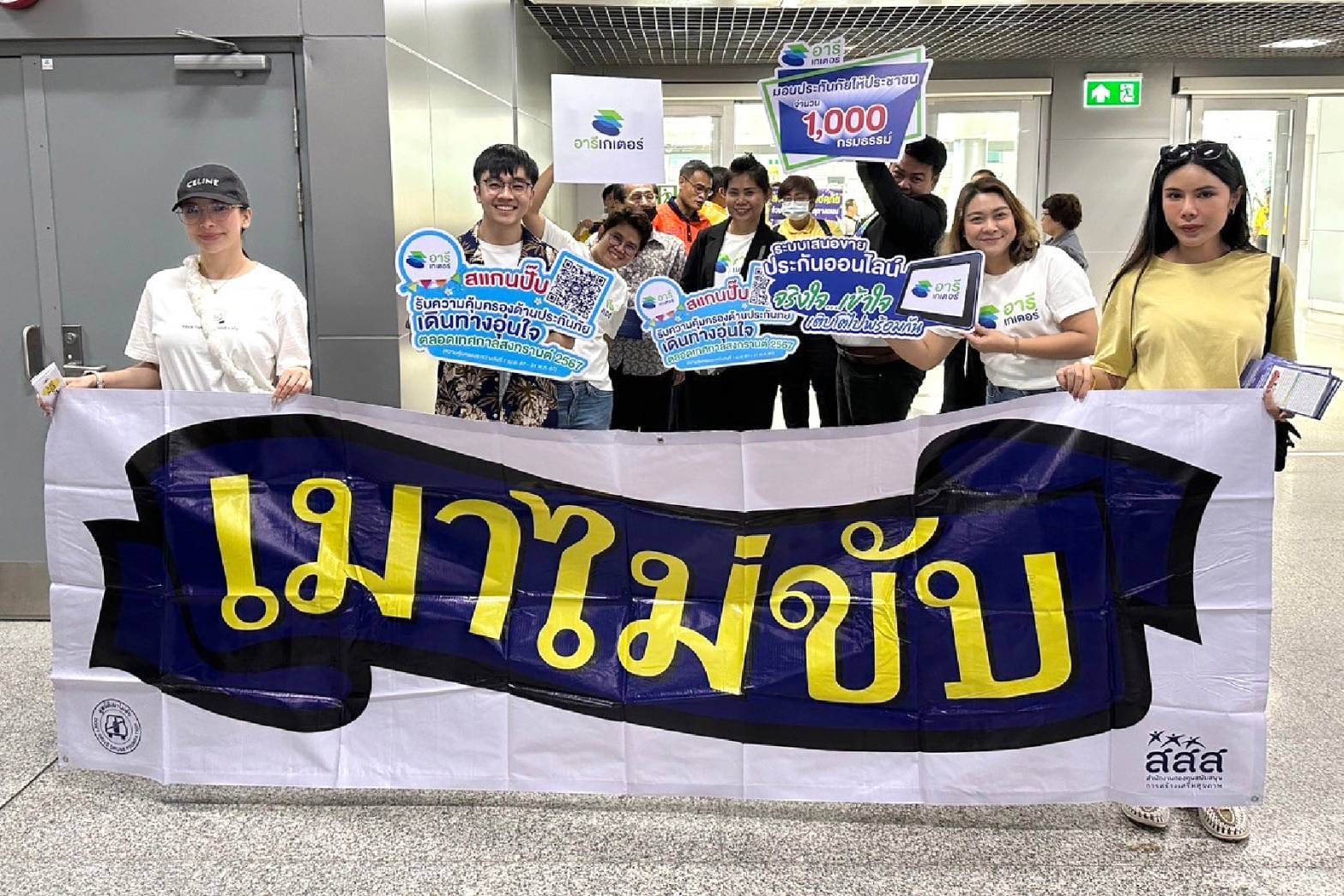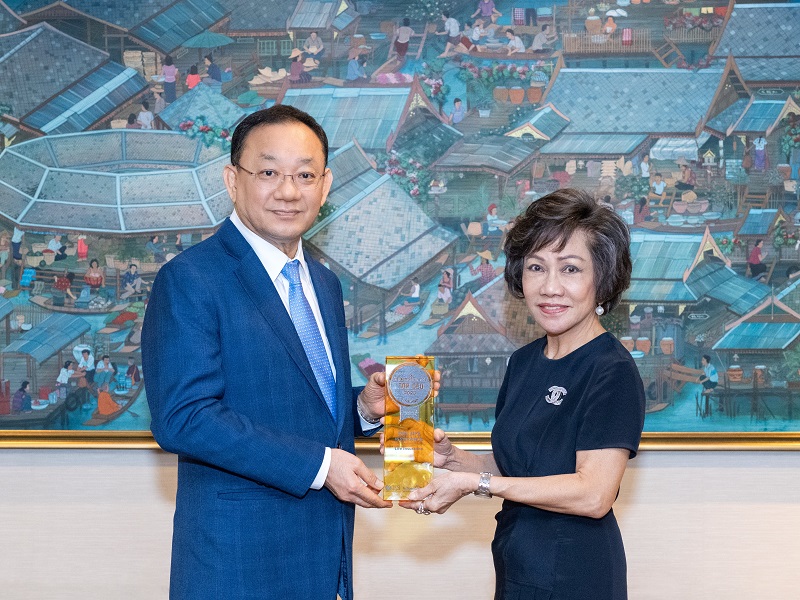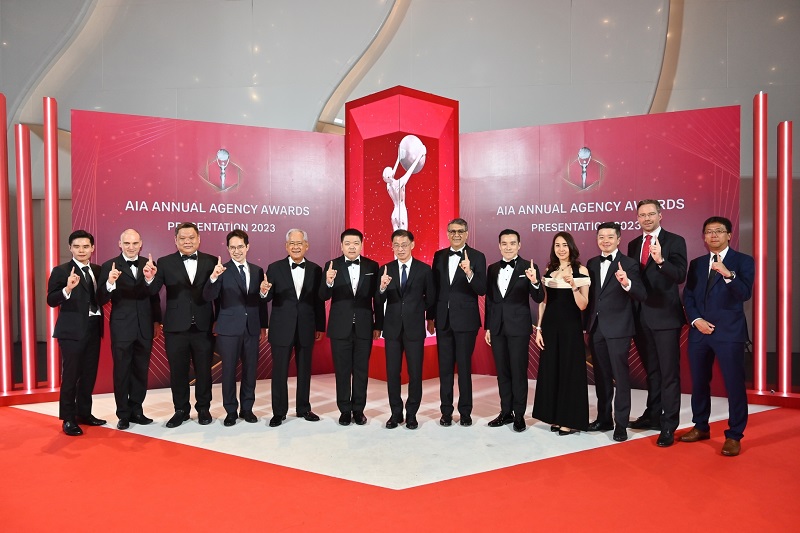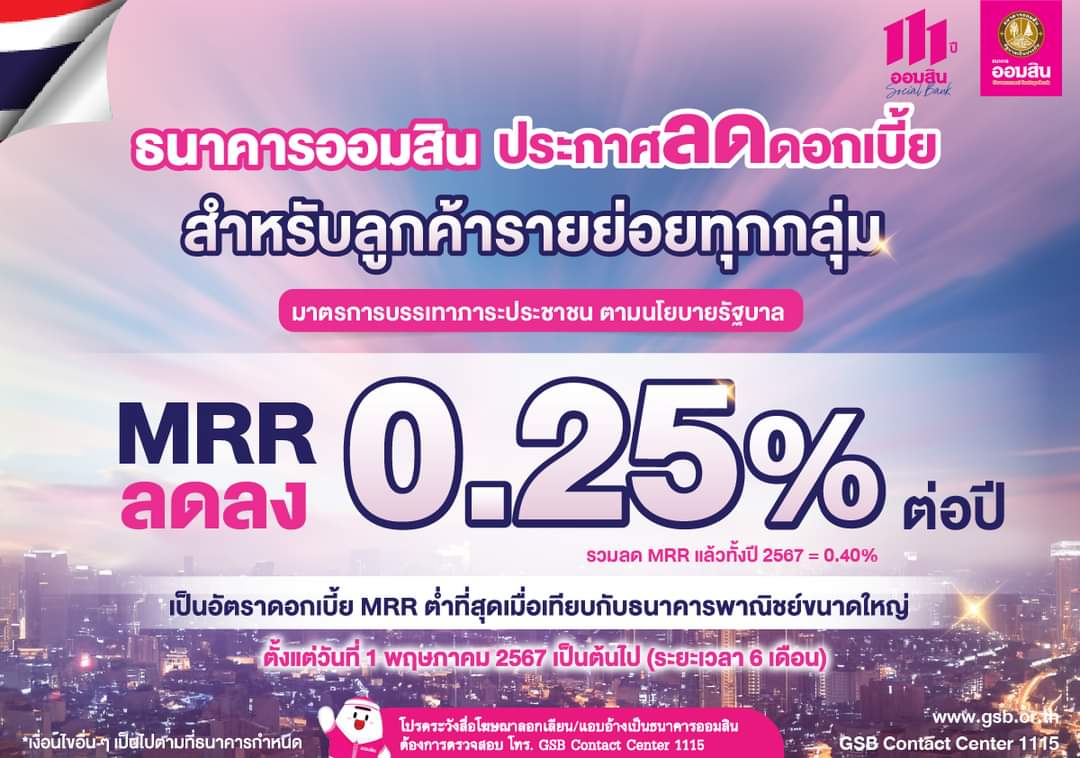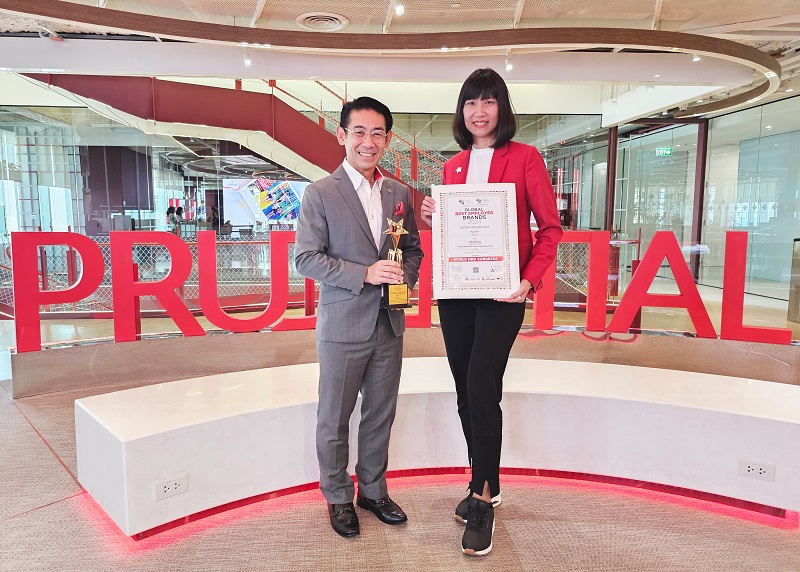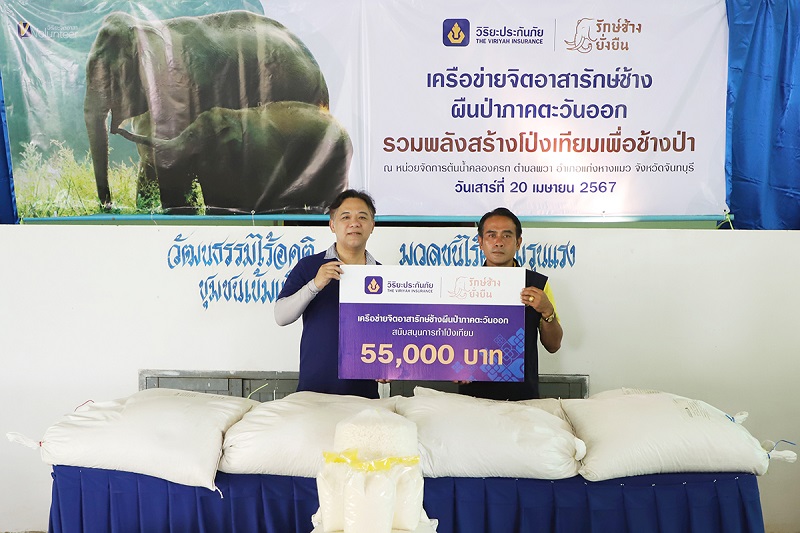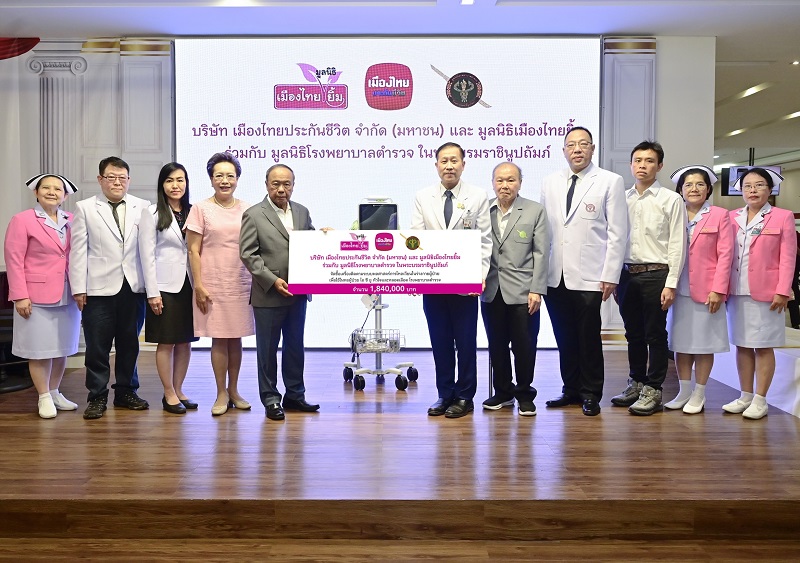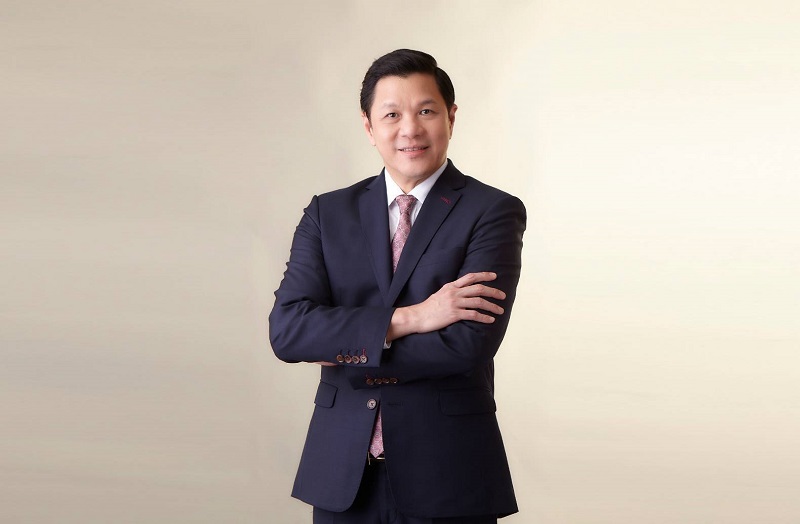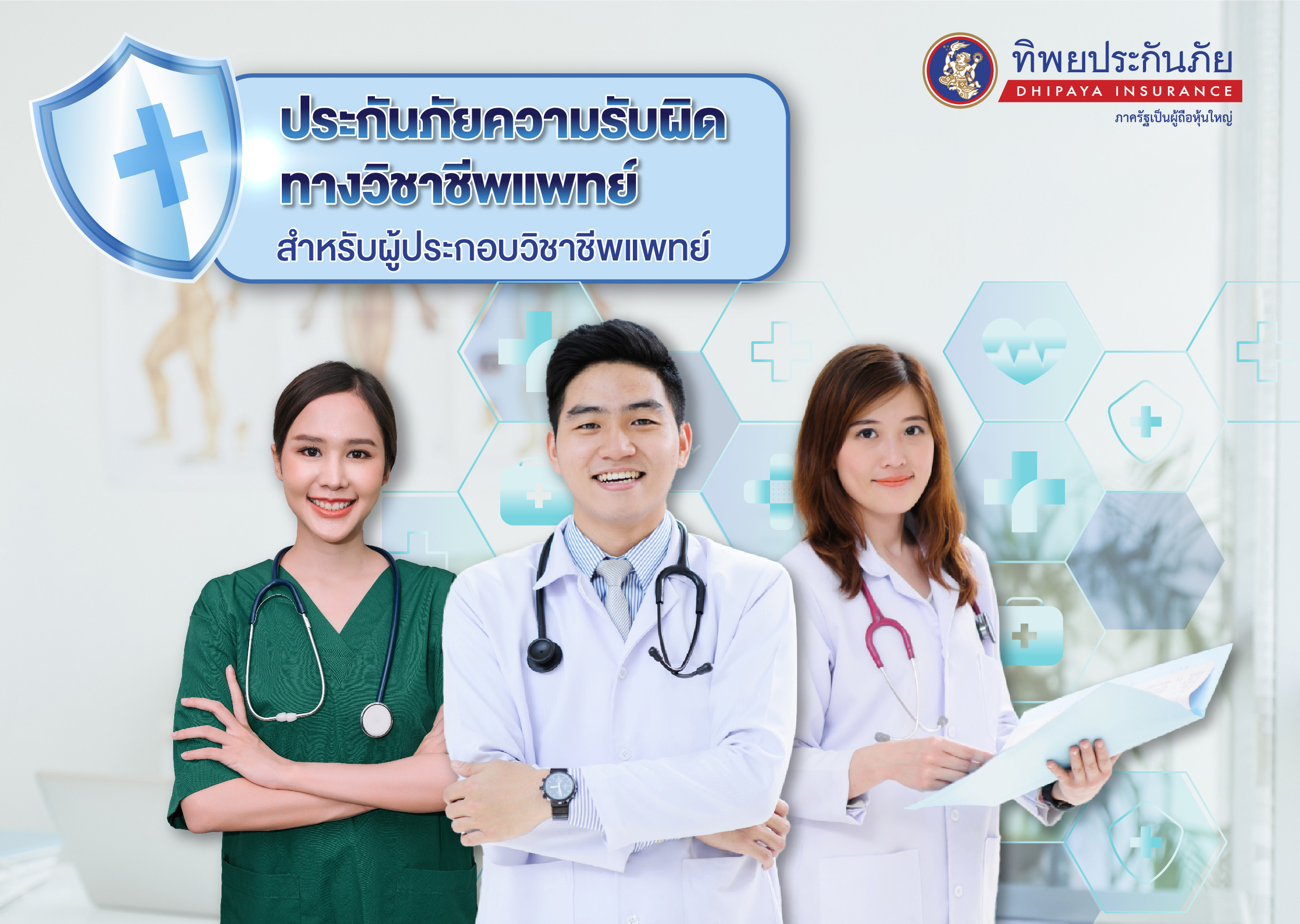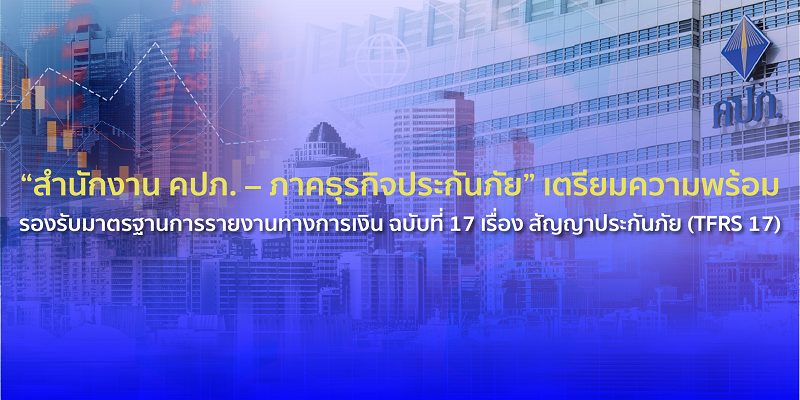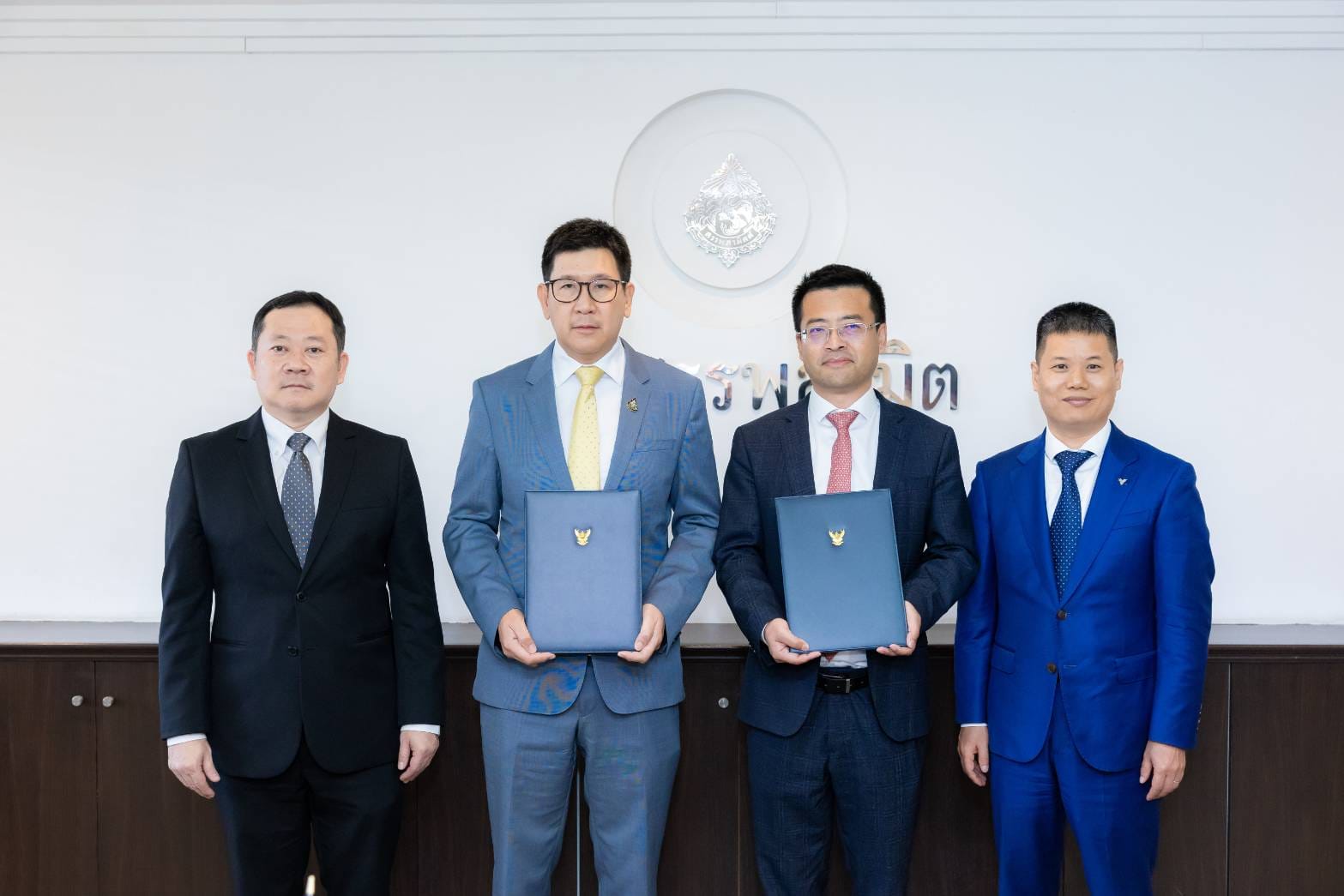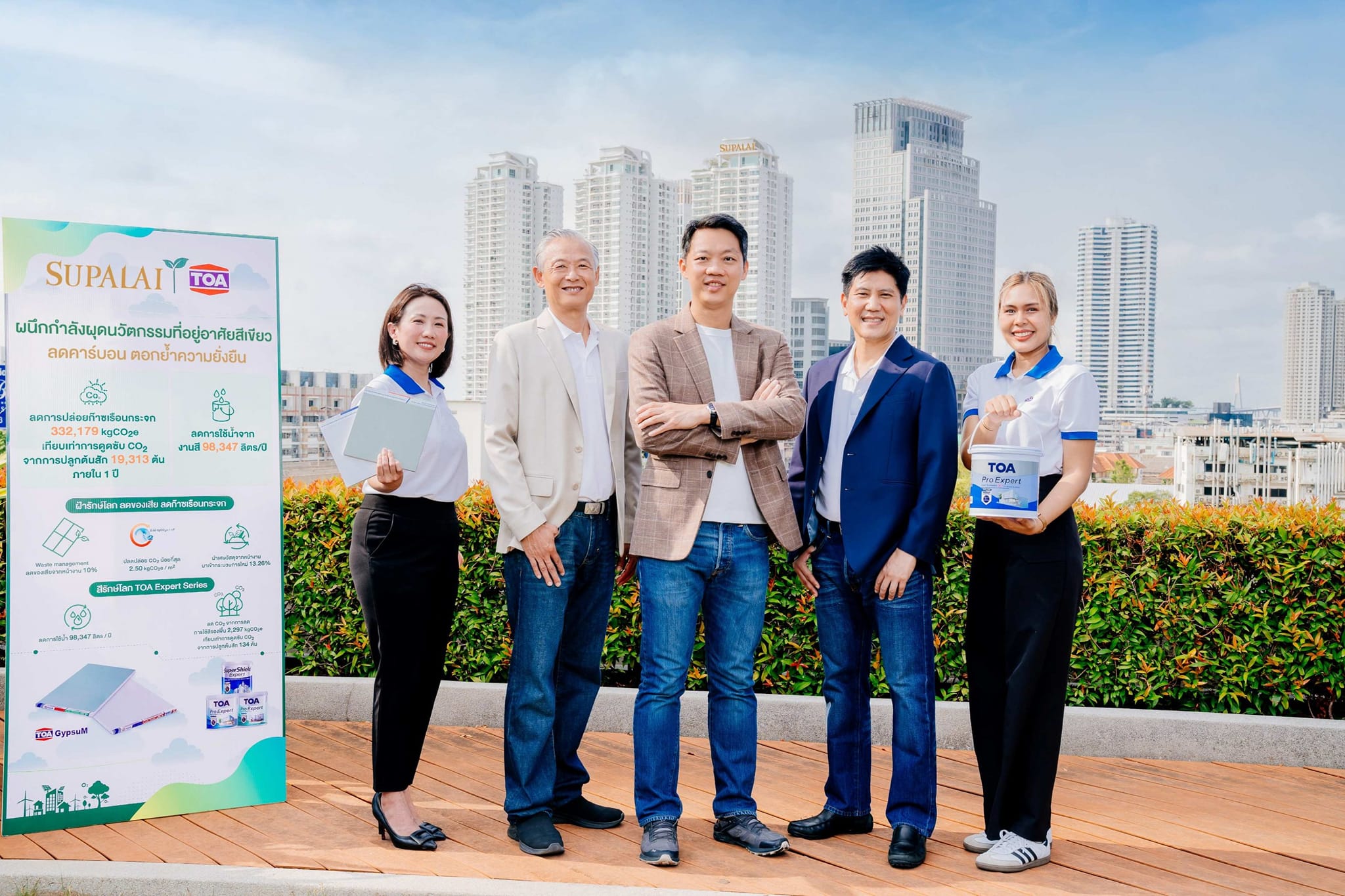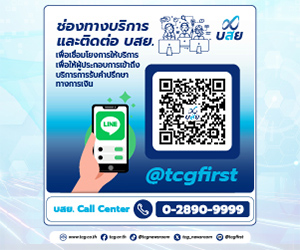Ÿ โครงการ WISAMO: นวัตกรรมโซลูชั่นที่ช่วยลดปริมาณการปล่อย
ก๊าซคาร์บอนไดออกไซด์ซึ่งเกิดจากการขนส่งสินค้าทางทะเล
Ÿ ยางรถแข่งสมรรถนะสูงซึ่งผลิตจากวัสดุที่ยั่งยืนถึง 46%
Ÿ 2 นวัตกรรมล่าสุดนี้สะท้อนกลยุทธ์ “ความยั่งยืนทุกด้าน” ของกลุ่มมิชลิน
ในการประชุมสุดยอดระดับโลกด้านการสัญจรอย่างยั่งยืน ‘มูฟวิ่ง ออน’ ประจำปี 2564 มิชลินได้นำเสนอ 2 นวัตกรรมเด่นที่มุ่งแก้ปัญหาท้าทายหลักซึ่งส่งผลกระทบต่อการสัญจรในอนาคต โดยโซลูชั่นล่าสุดของมิชลินซึ่งได้รับการออกแบบขึ้นเพื่อเพิ่มประสิทธิภาพการขนส่งพร้อมทั้งประหยัดทรัพยากร จะมีบทบาทในฐานะปัจจัยหลักที่เอื้อต่อการบรรลุเป้าหมายในการสร้างการสัญจรที่เป็นมิตรต่อโลกยิ่งขึ้น ตามเจตนารมณ์ของงาน ‘มูฟวิ่ง ออน’ และระบบนิเวศของงานฯ
โครงการ WISAMO: นวัตกรรมโซลูชั่นที่ช่วยลดปริมาณการปล่อยก๊าซคาร์บอนไดออกไซด์ซึ่งเกิดจากการขนส่งสินค้าทางทะเล
โครงการ WISAMO ย่อมาจาก Wing Sail Mobility หรือการสัญจรที่ขับเคลื่อนด้วยใบเรือ ภายใต้โครงการนี้ ได้มีการคิดค้นพัฒนาระบบใบเรือที่ยืดหดได้และพองลมอัตโนมัติ ซึ่งสามารถนำไปติดตั้งได้กับทั้งเรือบรรทุกสินค้าและเรือสำราญ ระบบใบเรือดังกล่าวเป็นผลงานที่เกิดจากความร่วมมือระหว่างแผนกวิจัยและพัฒนาของมิชลิน ร่วมกับบริษัทพัฒนานวัตกรรมสัญชาติสวิตเซอร์แลนด์ 2 ราย ซึ่งมีแนวคิดไปในทิศทางเดียวกับวิสัยทัศน์เรื่อง “ความยั่งยืนทุกด้าน” (All Sustainable) ของกลุ่มมิชลิน
ใบเรือชนิดพองลมใช้ประโยชน์จากลม ซึ่งเป็นแหล่งพลังงานขับเคลื่อนที่ไม่มีค่าใช้จ่าย สามารถหาได้ทั่วไป และไม่มีวันหมด การออกแบบที่ปฏิวัติวงการนี้ไม่เพียงช่วยลดการสิ้นเปลืองเชื้อเพลิงของเรือ แต่ยังส่งผลเชิงบวกต่อสิ่งแวดล้อมด้วยการลดปริมาณการปล่อยก๊าซคาร์บอนไดออกไซด์อีกด้วย
ระบบใบเรือดังกล่าวซึ่งออกแบบและพัฒนาขึ้นโดยทีมงานโครงการ WISAMO สามารถติดตั้งได้กับเรือบรรทุกสินค้าและเรือสำราญส่วนใหญ่ โดยเหมาะอย่างยิ่งสำหรับใช้งานกับเรือบรรทุกรถยนต์ (Ro-Ro Ships), เรือบรรทุกสินค้าเทกอง (Bulk Carriers) และเรือบรรทุกน้ำมันและก๊าซ (Oil & Gas Tankers) ระบบใบเรือนี้สามารถติดตั้งเป็นอุปกรณ์มาตรฐานติดเรือสำหรับเรือที่สร้างใหม่ หรือติดตั้งเพิ่มในเรือที่ผ่านการใช้งานแล้วได้
ใบเรือดังกล่าวครอบคลุมระยะการใช้งานที่หลากหลายมากที่สุดในตลาด โดยพิสูจน์แล้วว่าให้ประสิทธิภาพสูงสำหรับการเดินเรือในทิศทางต่าง ๆ หลายทิศทาง โดยเฉพาะเมื่อกางใบเรือเต็มที่ (เหนือลม) ทั้งยังสามารถใช้ได้กับทุกเส้นทางการขนส่งสินค้าทางทะเล เสากระโดงแบบยืดหดได้ที่สามารถพับเก็บช่วยให้สะดวกเมื่อเรือเข้าเทียบท่าและลอดใต้สะพาน นอกจากนี้ ระบบใบเรือนี้ยังช่วยเพิ่มประสิทธิภาพการใช้เชื้อเพลิงได้สูงถึง 20%[*]
การผสานความร่วมมือกับ ‘มิเชล เดส์โชโย่’ (Michel Desjoyaux) ผู้บังคับการเรือที่มีชื่อเสียงระดับโลกและทูตของโครงการ WISAMO ช่วยให้ทีมวิจัยของมิชลินสามารถพัฒนานวัตกรรมใบเรือได้สมบูรณ์แบบ ความคิดเห็นและความเชี่ยวชาญด้านเทคนิคของนักเดินเรือผู้มีประสบการณ์รายนี้คาดว่าจะช่วยให้นวัตกรรมใบเรือผ่านการทดสอบใช้งานท่ามกลางสถานการณ์จริงของการขนส่งสินค้าทางทะเล ทั้งนี้ มร.เดส์โชโย่ ได้กล่าวไว้ว่า “ประโยชน์ของการขับเคลื่อนด้วยแรงลมก็คือพลังงานลมเป็นพลังงานสะอาด ไม่มีค่าใช้จ่าย มีอยู่ทั่วไป และไม่มีประเด็นให้ถกเถียงหรือต่อต้านใด ๆ จึงถือเป็นแนวทางที่ดีสำหรับอนาคตเพื่อช่วยลดผลกระทบต่อสิ่งแวดล้อมที่เกิดจากเรือบรรทุกสินค้า”
ระบบใบเรือ WISAMO จะติดตั้งกับเรือบรรทุกสินค้าเป็นครั้งแรกในปี 2565 โดยมิชลินคาดว่าจะสามารถเริ่มกระบวนการผลิตได้หลังจากขั้นตอนการทดสอบเสร็จสิ้นสมบูรณ์
โครงการ WISAMO เกิดขึ้นจากการที่มิชลินมุ่งมั่นส่งเสริมให้เกิดการสัญจรทางทะเลที่เป็นมิตรต่อสิ่งแวดล้อมมากขึ้นโดยไม่รอให้ต้องกำหนดกฎระเบียบขึ้นในอนาคต ทั้งนี้ มิชลินได้ดำเนินการเพื่อลดผลกระทบต่อสิ่งแวดล้อมที่เกิดจากห่วงโซ่อุปทาน (Supply Chain) ของการสัญจรทางทะเลร่วมด้วย นอกจากนี้ ภายใต้แผนกลยุทธ์องค์กรที่กำหนด กลุ่มมิชลินยังมุ่งสร้างการเติบโตส่วนหนึ่งด้วยการพัฒนาธุรกิจใหม่ ๆ ขึ้น
ยางรถแข่งสมรรถนะสูงซึ่งผลิตจากวัสดุที่ยั่งยืนถึง 46%
ในการประชุมสุดยอดระดับโลกด้านการสัญจรอย่างยั่งยืน ‘มูฟวิ่ง ออน’ ประจำปี 2564 มิชลินยังได้เผยโฉมยางรถแข่งซึ่งผลิตจากวัสดุที่ยั่งยืนถึง 46% โดยติดตั้งมากับรถแข่งต้นแบบ GreenGT Mission H24 ที่ขับเคลื่อนด้วยพลังงานไฮโดรเจนซึ่งพัฒนาขึ้นสำหรับการแข่งขันประเภท ‘เอ็นดูรานซ์ เรซซิ่ง’ (Endurance Racing)
ด้วยนวัตกรรมล่าสุดที่พัฒนาขึ้นสำหรับกีฬามอเตอร์สปอร์ตโดยเฉพาะ มิชลินค้นพบวิธีผลิตยางรถยนต์จากวัสดุที่มีความยั่งยืนสูง โดยยังคงให้สมรรถนะบนสนามแข่งที่เหนือกว่า
สัดส่วนการใช้วัสดุที่ยั่งยืนในระดับสูงเป็นผลจากการเพิ่มปริมาณยางธรรมชาติและการใช้คาร์บอนแบล็กซึ่งได้จากการรีไซเคิลยางที่สิ้นอายุใช้งานแล้ว
วัสดุยั่งยืนประเภทอื่นซึ่งมาจากแหล่งชีวภาพหรือได้จากการรีไซเคิลที่นำมาใช้ในการผลิตยางรถยนต์ ได้แก่ วัสดุที่พบได้ในชีวิตประจำวัน เช่น เปลือกส้ม, เปลือกมะนาว, น้ำมันดอกทานตะวัน, เรซินสน (Pine Resin) และเหล็กกล้าที่ได้จากการรีไซเคิลกระป๋องอลูมิเนียม
กีฬามอเตอร์สปอร์ตซึ่งเป็นเสมือนห้องทดลองทางเทคโนโลยีในโลกแห่งความจริง ช่วยให้มิชลินสามารถพัฒนาและทดสอบโซลูชั่นไฮเทคใหม่ ๆ ในสภาพแวดล้อมการใช้งานสุดหฤโหด ภายใต้ความร่วมมือทางนวัตกรรมครั้งนี้ มิชลินได้แสดงให้เห็นถึงความสามารถในการนำวัสดุที่ยั่งยืนมาใช้ผลิตยางล้อในสัดส่วนที่สูงขึ้นโดยยังคงให้สมรรถนะที่ดีดังเดิม
ในการประชุมสุดยอดฯ ปีนี้ มิชลินได้ประกาศความมุ่งมั่นที่จะใช้วัสดุที่ยั่งยืน 100% ในการผลิตยางล้อทุกประเภทให้ได้ภายในปี 2593 โดยเป้าหมายระยะแรกของกลุ่มมิชลินคือการใช้วัสดุที่ยั่งยืนในการผลิตยางล้อให้ได้ถึง 40% ภายในปี 2573
นอกจากจะใช้วัสดุที่ยั่งยืนในการผลิตยางล้อแล้ว มิชลินยังนำกระบวนการออกแบบเพื่อสิ่งแวดล้อม (Eco-Design Processes) มาใช้เพื่อลดผลกระทบต่อสิ่งแวดล้อมของผลิตภัณฑ์ยางล้อในทุกช่วงวงจรชีวิต ตั้งแต่การจัดหาวัตถุดิบและการผลิต ไปจนถึงการใช้งานบนถนนและการรีไซเคิล
ฟลอรองต์ เมอเนโกซ์ (Florent Menegaux) ประธานกรรมการผู้จัดการ เปิดเผยว่า “ค่านิยมหลักของมิชลินสอดคล้องกับของงาน ‘มูฟวิ่ง ออน’ และพันธมิตรผู้สนับสนุนการจัดงานฯ กล่าวคือ เรามีความเชื่อว่าการสัญจร หรือในความหมายกว้าง ๆ ก็คือ ‘การเคลื่อนที่’ นั้น เป็นส่วนหนึ่งของชีวิตและเป็นต้นกำเนิดของความก้าวหน้า นวัตกรรมโซลูชั่นทั้ง 2 รูปแบบที่เรานำเสนอในการประชุมสุดยอดระดับโลกด้านการสัญจรอย่างยั่งยืนปีนี้ ถือเป็นบทพิสูจน์ที่จับต้องได้และใช้งานได้จริง ซึ่งสะท้อนถึงความมุ่งมั่นทุ่มเทของมิชลินที่จะทำให้การสัญจรมีความยั่งยืนมากยิ่งขึ้น”
++++++++++++++++++++++++++++++++++
2021 Movin’On: Michelin presents two innovations to accelerate the development of sustainable mobility
- The WISAMO project, an innovative solution contributing to the decarbonization of maritime shipping
- A high-performance racing tire containing 46% sustainable materials
- Two further illustrations of the Group’s “all-sustainable” strategy
At the 2021 Movin’On global sustainable mobility summit, Michelin has transformed ambition into action by presenting two innovations that address some of the major challenges impacting the future of mobility. Designed to make transportation more efficient while conserving resources, Michelin's latest solutions represent core enablers in the efforts being pursued by Movin’On and its ecosystem to foster mobility that is gentler on the planet.
The WISAMO project, an innovative solution to help decarbonize maritime shipping.
The Wing Sail Mobility (WISAMO) project is an automated, telescopic, inflatable wing sail system that can be fitted on both merchant ships and pleasure craft. The system is the product of a collaborative venture between Michelin Research & Development and two Swiss inventors who share the Group’s “all-sustainable” vision.
The inflatable wing sail harnesses the wind, a free, universal and inexhaustible source of propulsion. Its revolutionary design enables a ship to reduce its fuel consumption and thereby have a positive impact on the environment by lowering CO2 emissions.
Designed and developed by the WISAMO project team, the system is installable on most merchant ships and pleasure craft. Especially suitable for ro-ro ships, bulk carriers and oil and gas tankers, it can be fitted as original equipment on newbuilds or retrofitted on in-service vessels.
The wing’s range of use is one of the market’s broadest, with proven effectiveness on many points of sail, and especially when close-hauled (windward). It can be used on every maritime shipping route. The telescopic mast is retractable, making it easy for a ship to enter harbors and pass under bridges. In all, the system can improve a ship’s fuel efficiency by up to 20%*.
A collaboration with Michel Desjoyaux, a world-renowned skipper and ambassador of the project, enables Michelin's research teams to perfect its development. His input and technical knowledge of this seasoned sailor will enable it to be tested in actual maritime shipping conditions. As Desjoyeaux points out, “the advantage of wind propulsion is that wind energy is clean, free, universal and totally non-controversial. It offers a very promising avenue to improving the environmental impact of merchant ships.”
The WISAMO system will first be fitted on a merchant ship in 2022, when Michelin expects it to go into production following completion of the trial phase.
The WISAMO project is Michelin’s contribution to enabling greener, softer maritime mobility in advance of future regulations. Michelin is also taking action to reduce the environmental impact of its supply chain. In addition to this commitment, and in line with its strategic plan, the Group is basing a portion of its growth on the development of new businesses.
A track-proven tire with 46% sustainable content
At the 2021 Movin’On Summit, Michelin is also set to unveil a racing tire containing 46% sustainable materials, fitted to the GreenGT Mission H24 hydrogen-powered prototype developed for endurance racing.
With its totally new innovation engineered for motorsports, Michelin has found what many observers thought was impossible: a way to make a tire with high sustainable content that still delivers superior on-track performance.
This very high percentage was achieved by increasing the tire’s natural rubber content and using recycled carbon black recovered from end-of-life tires.
Other bio-sourced or recycled sustainable materials used in the tire include such everyday items as orange and lemon rind, sunflower oil, pine resin and recycled steel from aluminum cans.
As a real-world technological laboratory, motorsports enable Michelin to develop and test new high-tech solutions in extreme usage conditions. With this innovative partnership, Michelin is showcasing its ability to incorporate an ever-higher proportion of sustainable materials into its products without compromising on their performance.
This year, Michelin announced its commitment to using 100% sustainable materials in all its tires by 2050. This commitment will reach an initial milestone in 2030, with a Group-wide target of having 40% sustainable materials in its tires.
Alongside its commitment to integrating sustainable materials into its tires, Michelin also uses eco-design processes to attenuate its tires’ environmental impact at every stage in their lifecycle, from raw materials sourcing and production to road use and recycling.
“We share a core value with Movin’On and its partners, namely the deep belief that mobility, and movement in the broadest sense of the term, are inherent to life and a source of progress,” says Michelin Managing Chairman Florent Menegaux. “The two innovative solutions we are presenting at this year’s global sustainable mobility summit offer tangible, real-world proof of our determination to make mobility increasingly sustainable.”







